Get Clarity with Frady Tree Care’s Free Assessments
Tree Care
Whether you’re uncertain about the health of your trees, considering specific services, or simply seeking professional insights, our expert arborists are ready to assist you.
Charlotte, Concord,
Salisbury Nearby areas
704-644-2516
Winston Salem, Greensboro,
High Point Nearby AREAS
336-236-1006
Call, Text or Email!
GET A FREE QUOTE
To request a tree service quote, you can contact our office through phone, text, email, or the simple contact form below!
Charlotte, Concord,
Salisbury Nearby areas
704-644-2516
Winston Salem, Greensboro,
High Point Nearby AREAS
336-236-1006
We are here to help!
TREE SERVICE | TREE CARE | TREE HEALTH | CERTIFIED ARBORISTS
At Frady Tree Care, ISA Certified Arborists with over 100 years of combined experience lead our team. From general tree health assessments to meticulous tree removal and pruning, we have the knowledge and skills to address all your tree removal, tree trimming needs in Charlotte, NC and the the Triad of NC. Our dedicated staff and commitment to both tree care and tree services set us apart.
FOUR STRATEGICALLY LOCATED BRANCHES ENSURE SWIFT ACCESS TO YOUR LOCATION.
Get Clarity with Frady Tree Care’s Free Assessments
Frady Tree Care is proud to be part of the Tree Care Industry Association and International Society of Arboriculture. Our professionals specialize in making trees flourish and stay healthy. We work hard to use environmentally-friendly techniques and land management. We use proper pruning techniques, fertilization, insect control, and tree removal if necessary. Our Charlotte, NC tree services always keep in mind the health, safety, and overall appearance of your property.
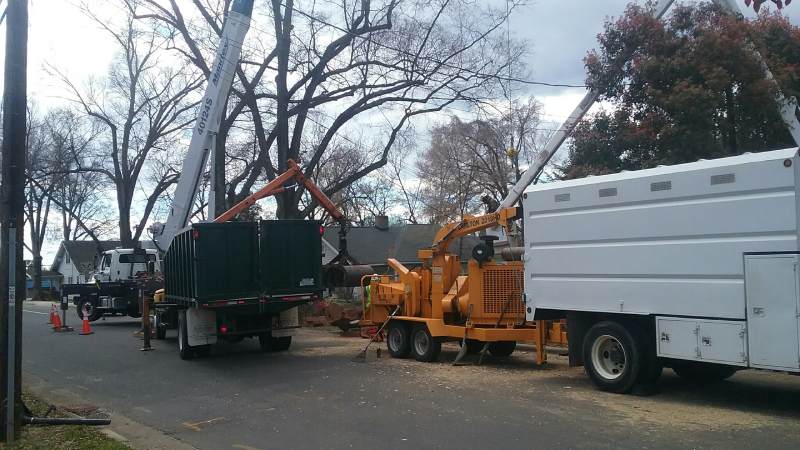
Frady Tree Care specializes in providing professional and reliable tree removal services, ensuring the health and safety of your property. With a team of highly skilled arborists and state-of-the-art equipment, we are committed to delivering efficient and meticulous tree removal solutions.
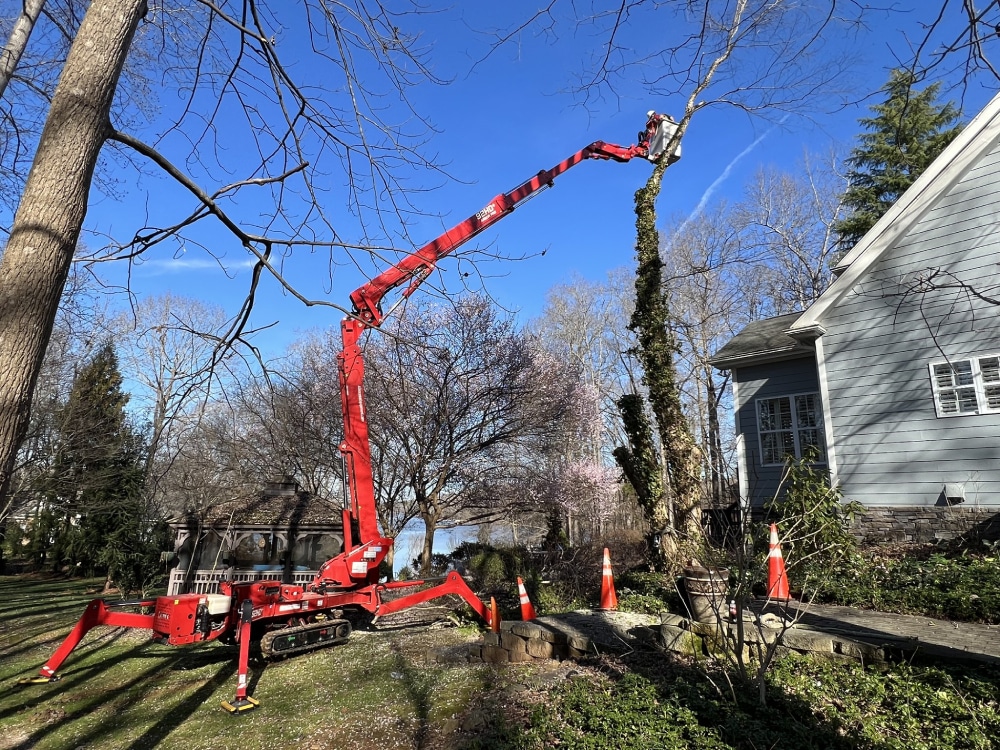
Elevate the health and beauty of your landscape with Frady Tree Care's expert Tree Trimming Services. Our skilled arborists specialize in precision tree trimming, enhancing the aesthetic appeal and promoting the overall well-being of your trees.
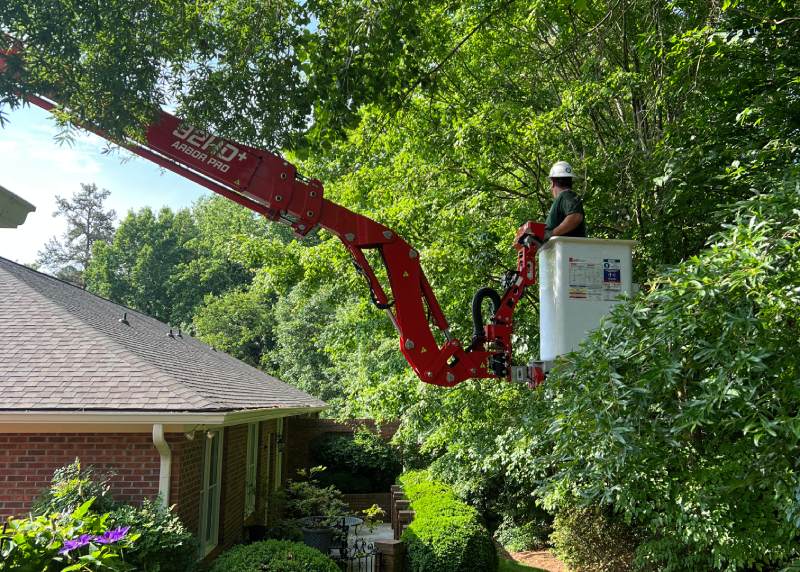
Choose Frady Tree Care for expert Tree Pruning Services that go beyond aesthetics, fostering the health and vitality of your trees. Our skilled arborists specialize in meticulous pruning techniques, promoting the health, beauty, and longevity of your trees.

Elevate the well-being of your trees with Frady Tree Care's specialized Tree Health Service. Our certified arborists are dedicated to promoting optimal tree vitality, addressing issues, and ensuring the longevity of your green assets.
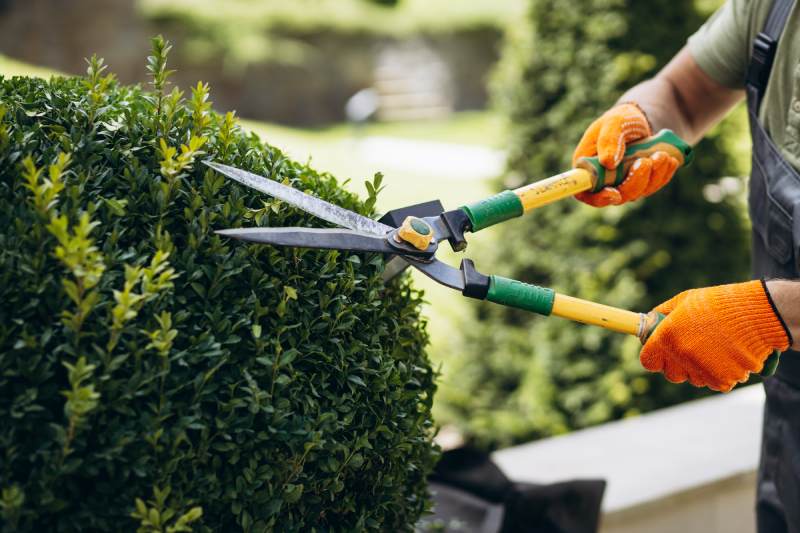
Revitalize your landscape with Frady Tree Care's premier Shrub Health Service. Our certified horticulturists specialize in comprehensive shrub care, ensuring the vibrancy, resilience, and longevity of your ornamental plants.

Experience swift and reliable Emergency Tree Care with Frady Tree Care, your trusted partner in urgent tree situations. Our team of experienced arborists is ready to respond promptly to unforeseen tree emergencies, providing professional and efficient solutions when you need them most.
Charlotte, Concord,
Salisbury Nearby areas
704-644-2516
Winston Salem, Greensboro,
High Point Nearby AREAS
336-236-1006
We are here to help!
Get Clarity with Frady Tree Care’s Free Assessments
Frady Tree Care understands that identifying the right tree services for your needs can be challenging without professional insight.
That’s why we provide complimentary quotes for those uncertain about the required tree services.
TREE SERVICE | TREE CARE | TREE HEALTH | CERTIFIED ARBORISTS
Frady Tree Care is committed to being Charlotte, NC’s tree company for tree removal, tree trimming and tree care. Our professionals specialize in nurturing and maintaining the health of trees. We prioritize environmentally-friendly techniques and responsible land management practices. From proper pruning methods to fertilization, insect control, and, when necessary, tree removal, our services are designed with the health, safety, and overall aesthetic of your property in mind.
Frady Tree Care Charlotte, NC Tree Company
Tree removal near Charlotte, NC
Tree Trimming service Charlotte, NC
Tree pruning Charlotte, NC
Charlotte, NC tree health
Charlotte, NC arborist services
Charlotte, NC emergency tree services
Serving the Triad and the Greater Charlotte regions, our four strategically located branches ensure swift access to your location.
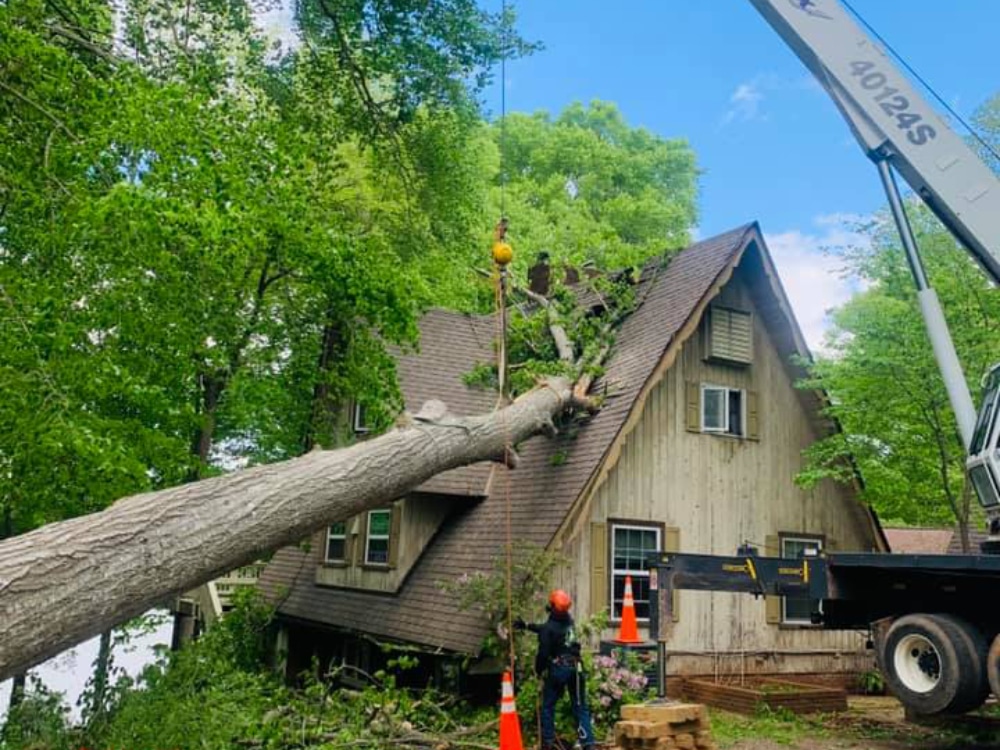
TREE SERVICE | TREE CARE | TREE HEALTH | CERTIFIED ARBORISTS
Elevate the beauty and health of your residential landscape in Charlotte with Frady Tree Care, the trusted name in residential tree services. Discover why choosing us sets your property apart.
Stay ahead of potential issues with our proactive approach. Frady Tree Care in Charlotte, NC focuses on preventative measures to keep your residential trees healthy, resilient, and thriving for years to come. Contact Frady Tree Care today.

TREE SERVICE | TREE CARE | TREE HEALTH | CERTIFIED ARBORISTS
Choose Frady Tree Care as your trusted partner for commercial tree services in Charlotte, NC and experience the difference of our unparalleled expertise and commitment to excellence.
We understand that every commercial property is unique. Our customized tree care solutions are designed to address specific challenges, ensuring the health, safety, and visual appeal of your surroundings.
Are you having trouble determining what kind of tree services you need? It can be difficult to assess your trees without a professional taking a closer look. That’s why we offer free quotes for those who are unsure what type of tree services they need. We’ll send our team out to assess your trees and let you know what kind of tree services you may need. We will give you a quote right on the spot! If you think you know what sort of tree services you require, you can also request a quote from us.
Frady Tree Care is a full-service arboriculture and landscape company offering the best tree care services in the North Carolina area. It is a subsidiary of HRF Enterprises, LLC. Our tree services extend across North Carolina, from Charlotte, NC, the Triad Area and all other areas in between, including our locations in the following NC cities:
Charlotte, NC Tree Company
Winston-Salem, NC Tree Company
And the Surrounding Areas:
Winston-Salem, NC
Concord, NC
Greensboro, NC
High Point, NC
Kernersville, NC
Kannapolis, NC
Clemmons, NC
Huntersville, NC
Scheduling tree services with Frady Tree Care is easy. Simply contact us via phone, text or email to discuss your tree care needs and schedule a convenient appointment for our team to visit your property and provide the exceptional tree care services you deserve.
Yes, we are fully licensed and insured. We comply with all relevant industry regulations and maintain comprehensive, liability, and workers comp insurance coverage for the protection of our clients and our team.
These tree services are crucial for maintaining the well-being of trees, ensuring safety, and enhancing the overall aesthetics of landscapes. Hiring a professional tree care service can help assess specific needs and provide tailored solutions for optimal tree health and longevity.
At Frady Tree Care, ISA Certified Arborists with over 100 years of combined experience lead our team. From general tree health assessments to meticulous tree removal and pruning, we have the knowledge and skills to address all your tree care needs.

We wanted a fast, secure website with professional features. We choose Take Charge Media for all of our website design, security and maintenance needs.
© 2023 FRADY TREE CARE ALL RIGHTS RESERVED.